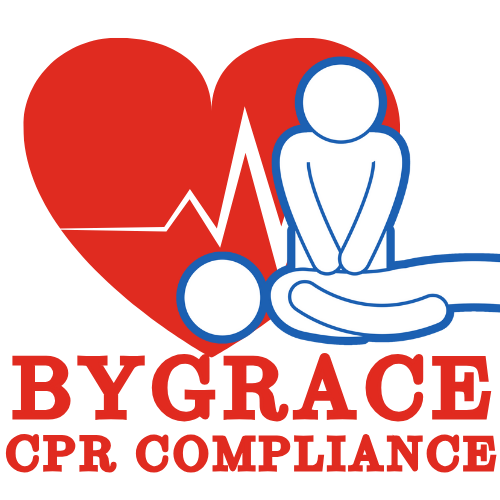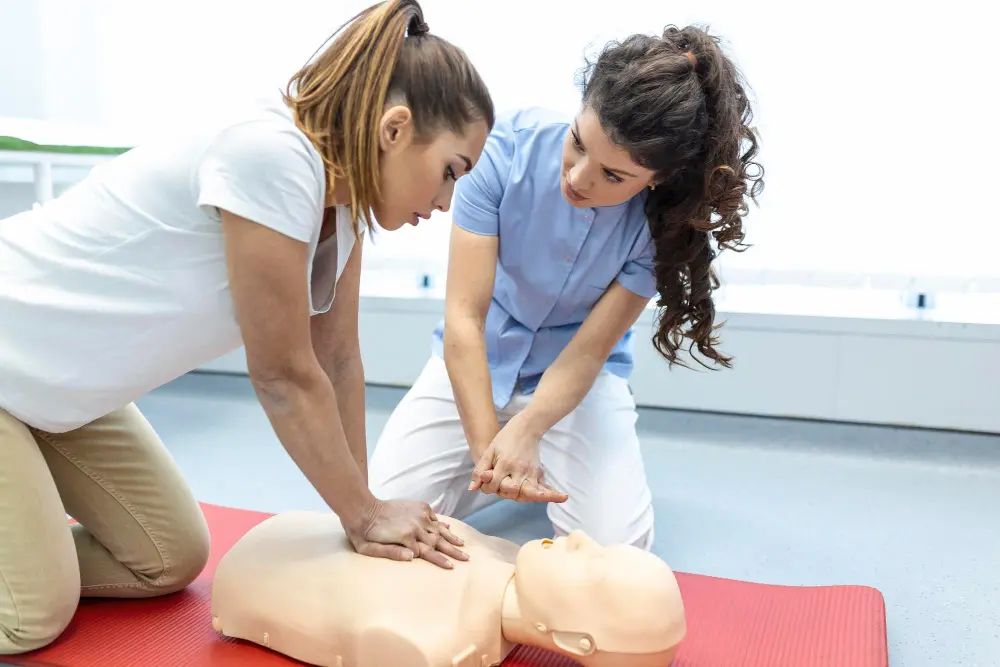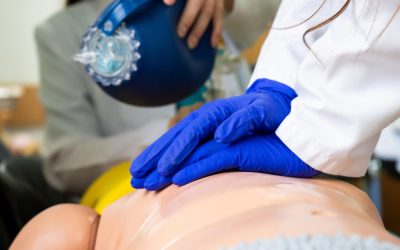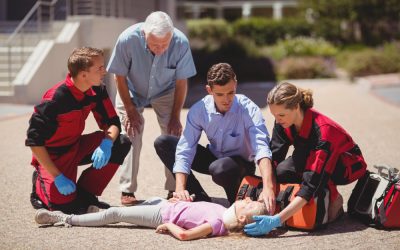Cardiopulmonary Resuscitation (CPR) is a critical skill that every parent should possess to be prepared for emergencies involving their children. In this comprehensive guide, we’ll provide step-by-step child CPR techniques, empowering parents with the knowledge to respond effectively and confidently in life-threatening situations.
Step 1: Assess the Scene
Before approaching the child, ensure the area is safe. Check for potential dangers such as electrical hazards, traffic, or other risks that may harm you or the child.
Step 2: Check Responsiveness
Gently tap the child and shout, “Are you okay?” If there’s no response, the child is unresponsive and requires immediate attention.
Step 3: Call for Help
Call emergency services (911 or your local emergency number) or ask someone nearby to do so. Time is crucial in emergencies, and professional assistance is vital.
Step 4: Open the Airway
Place the child on their back on a firm surface. Tilt their head backward slightly to open the airway. Check for any obstructions in the mouth and remove them if present.
Step 5: Check for Breathing
Look, listen, and feel for breathing. If the child is not breathing or only gasping, it’s an indication to start CPR.
Step 6: Perform Chest Compressions
Position your hands on the lower half of the child’s breastbone. Use the heel of one hand and compress the chest at least one-third the depth of the chest, at a rate of 100-120 compressions per minute. Allow the chest to fully recoil between compressions.
Step 7: Provide Rescue Breaths
After 30 chest compressions, give two rescue breaths. Ensure an effective seal over the child’s mouth and nose and deliver each breath over one second. Watch for chest rise with each breath.
Step 8: Continue CPR
Continue the cycle of 30 chest compressions and two rescue breaths until emergency services arrive or the child shows signs of life. If you are alone, perform CPR for about two minutes before calling for help.
ByGrace CPR Compliance: Ensuring Parental Confidence
At ByGrace CPR Compliance, we recognize the importance of parents being well-versed in child CPR techniques. Our training programs equip parents with the skills and confidence needed to respond effectively to child emergencies.





0 Comments